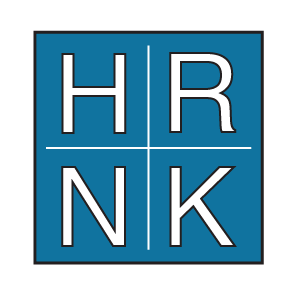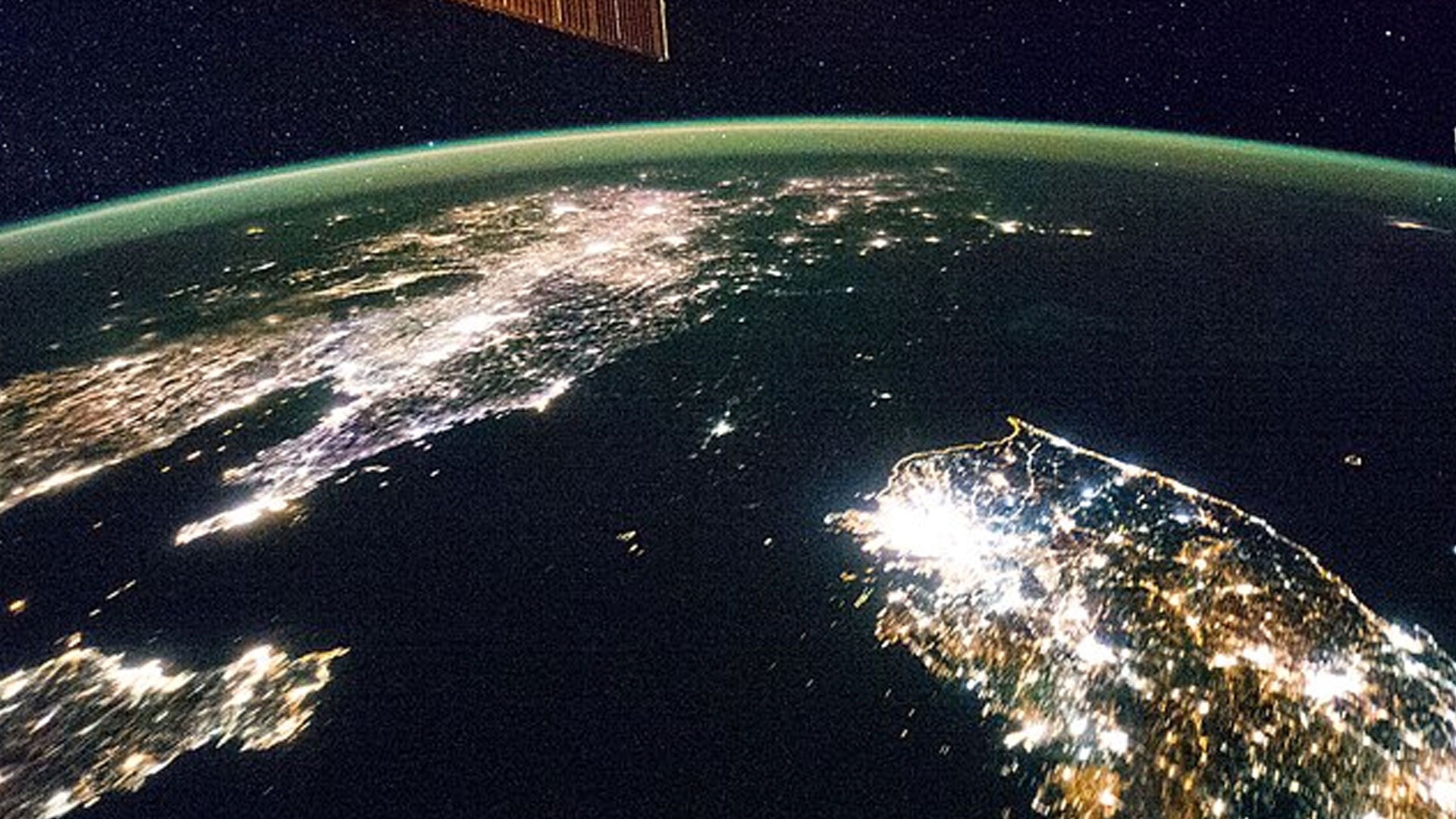A 5.2 km Switchback Road Could be Used to Transfer Prison Labor from the Camp to the Nuclear Test Facility: The Switchback, Possible Hard Evidence of the North Korean Security-Human Rights Nexus
EMBARGOED UNTIL 12:01 AM U.S. EASTERN TIME, TUESDAY, OCTOBER 17
THE REPORT ROLLOUT IS ON-THE-RECORD
The report, Switchback: Evidence of a Connection between Kwan-li-so No. 16 and the Punggye-ri Nuclear Test Facility?is available on HRNK’s website: https://www.hrnk.org/uploads/pdfs/punggyeri_FINAL.pdf
The report rollout will be conducted via Zoom at 10:00 a.m. U.S. Eastern Time on Tuesday, October 17. Please contact [email protected] for the Zoom link.
WASHINGTON, D.C., October 17, 2023. The Committee for Human Rights in North Korea (HRNK), a non-governmental organization based in Washington, D.C., has launched a report entitled Switchback: Evidence of a Connection between Kwan-li-so No. 16 and the Punggye-ri Nuclear Test Facility?
Political Prison Camp No. 16 (a.k.a. Kwan-li-so No. 16, Hwasong) is located approximately 1.5 km east of the Punggye-ri nuclear testing area. The estimated Camp 16 prisoner population is at least 20,000. The Punggye-ri Nuclear Test Facility, North Korea’s only known nuclear test site, is located 17.2 km north of the village of Punggye-ri, North Hamgyong Province, on the southern slopes of Mant’ap-san (Mount Mant’ap).
For this report, HRNK author Jacob Bogle analyzed thirty-four high-resolution commercial satellite images, including pan-sharpened multispectral and pan-chromatic images of Camp 16 and the Punggye-ri nuclear testing area.
Raymond Ha, HRNK Director of Operations & Research and report co-author, points out: “Nearly eighty years after Allied air forces took aerial photographs of Auschwitz-Birkenau, satellite imagery plays a critical role in documenting and understanding the core of the Kim Jong-un regime’s crimes against humanity: its political prison camps (kwan-li-so).”
According to Ha, “although the regime denies the existence of political prison camps, HRNK has accumulated objective, visual evidence of the continued operation of these facilities through satellite imagery analysis for two decades.”
Greg Scarlatoiu, HRNK Executive Director and report co-author, recalls: “The report is the 24th HRNK satellite imagery analysis publication and the latest step in an effort by HRNK to create a clear picture of the evolution, current state, function, economic and security utility of North Korea’s political prison camps and other detention facilities.”
HRNK is the NGO that put North Korea’s penal labor colonies on the map in 2003 by publishing world-renowned investigator David Hawk’s Hidden Gulag. Hidden Gulag wasthe first report ever to use satellite imagery to scrutinize North Korea’s vast system of unlawful imprisonment. Ever since, HRNK has employed a methodology combining satellite imagery analysis, North Korean escapee testimony, and open-source information.
Following up on reports by the Chosun Ilbo (June 2009) and Daily NK (January 2016), HRNK examined satellite imagery of a dirt or gravel switchback road that runs for a total length of 5.2 km from Testing Tunnel No. 1 to the perimeter of Camp 16. While the earliest available satellite imagery of Camp 16 is from 1983, the earliest available commercial satellite imagery of the switchback road dates to 2005. Construction of the nuclear testing facility began in the early 2000s.
The dirt or gravel switchback provides a much shorter alternative to using the region’s established road network to travel from Camp 16 to the nuclear testing facility, which would involve a journey of over 80 km. Thus, the likelihood that the switchback may be used for foot traffic appears to be high.
Author Jacob Bogle identifies four possible uses for the switchback: transporting prisoners from Camp 16 to the nuclear testing area for forced labor; providing shorter access to place equipment to monitor the underground nuclear tests; assessing the suitability of the area’s geology for underground nuclear tests and the drilling of tunnels, during the initial planning and construction states of the nuclear testing facility; and securing access for Punggye-ri security personnel to conduct security patrols and surveillance of the area.
Jacob Bogle points out: “Although unassuming at first, the Punggye-ri switchback presents several possibilities that rest at the nexus of human rights in North Korea and their nuclear program. Whether used for prisoner transport in forced labor projects or as part of planning and designing the underground test site, this dirt road carries the possibility to unlock a deeper understanding of two of North Korea’s most challenging topics.”
Bogle further adds: “It’s often easy to think of the people of North Korea in abstract terms, but this switchback, wedged between North Korea’s nuclear test facility and one of its least understood prison camps, offers an opportunity to consider the realities of life faced by the very real people who may have been marched along it.”
Raymond Ha considers that the report “shows evidence of a physical connection between the Punggye-ri nuclear test site and Kwan-li-so No. 16,” thus demonstrating “that the dismantling of North Korea’s nuclear program will also require the complete, verifiable, and irreversible dismantling (CVID) of its political prison camps.”
According to Jacob Bogle, when the switchback is “placed within the context of North Korea’s nuclear program and its proximity to the Hwasong Kwan-li-so is considered, the importance of needing to understand its precise role becomes clear.”
Greg Scarlatoiu believes that “further investigation of the switchback, ideally involving sources inside North Korea, will reinforce the need for a paradigm shift in North Korea policy, that requires a deeper understanding of the security-human rights nexus.”
According to Scarlatoiu, “to develop its nuclear program, North Korea abuses and exploits its people at home and abroad.” If used for the transportation of prisoners to the nuclear testing site as slave laborers, the switchback will provide evidence of a brutally direct link between North Korea’s political detention system and its nuclear program.
While emphasizing that the North Korean regime is skilled at deploying Camouflage, Concealment and Decoys (CCD), Scarlatoiu adds that “CVID is impossible without access to the political prison camps and other detention facilities, as parts, components, and equipment can be concealed within the perimeter of these off-limits detention facilities whose existence North Korea denies.”
RELEASE DETAILS
The report rollout and presentation by Jacob Bogle will be held via Zoom virtual conference, from 10:00 a.m. to 11:00 a.m. Eastern Standard Time (EST), on Tuesday, October 17. ROK Ambassador-at-Large for International Cooperation on North Korean Human Rights Shin-wha Lee will give remarks as a special guest. Report co-author and HRNK Director of Operations & Research Raymond Ha will be the discussant. Report co-author and HRNK Executive Director Greg Scarlatoiu will moderate.
If you are unable to participate, a video recording will be made available on HRNK’s YouTube channel after the event.
THE REPORT IS EMBARGOED UNTIL 12:01 AM US EASTERN TIME, TUESDAY, OCTOBER 17. THE REPORT RELEASE IS ON-THE-RECORD.
For media inquiries, please contact Greg Scarlatoiu, Executive Director, at [email protected] (+1-202-499-7973).
HRNK was founded in 2001 as a nonprofit research organization dedicated to documenting human rights conditions in the Democratic People’s Republic of Korea (DPRK), as North Korea is formally known. Visit www.hrnk.org to find out more.






